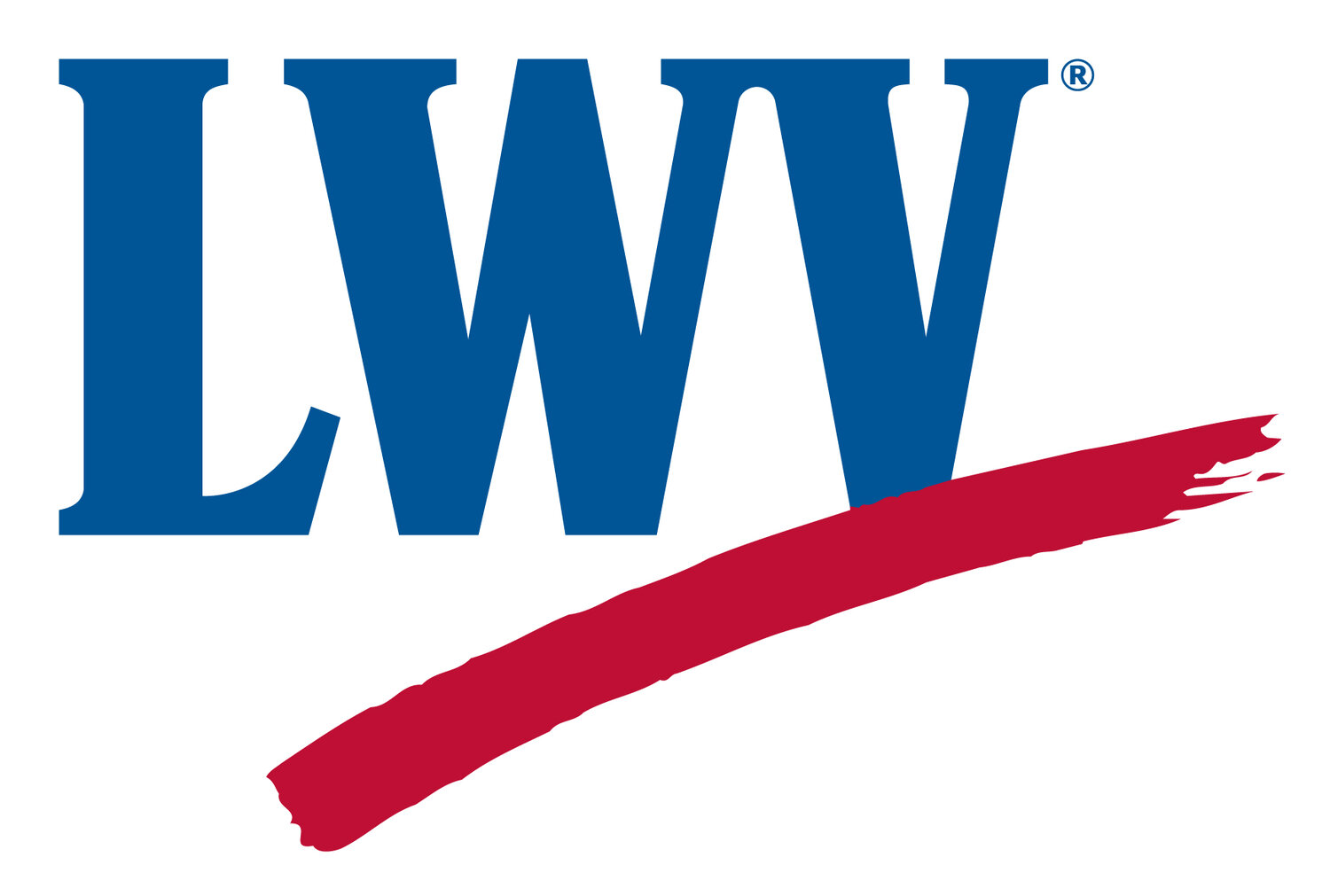On 22 September, the Affordable Housing Trust Fund board invited the Urban Land Institute (ULI) to present their preliminary work about developing homes for teachers on the grounds of Salem High School. The final deliverable from their Technical Assistance Panel (TAP) will be available in around 12 weeks and publicly available online.
The goal of the TAP is to explore options for mixed rentals (single and family units) or live-in residencies for teachers. The ULI staff looked at potential locations and determined the number of homes that could be added and the level of affordability that would be feasible. They also made other recommendations, such as expanding the housing to other civil servants, to make the project financially reasonable.
As part of their reconnaissance, the ULI conducted interviews with a number of Salem stakeholders (including a representative from our LWV). The interviews were so the project team can better understand the population and rally support behind using public land for housing. The perceptions among community stakeholders with regard to affordable housing vary. The very question, “What is affordable,” resulted in a range of answers. General observations from the interviews:
There is general community support for such a project
There is a preference to open housing for all, as opposed to restricting it for teachers
There was a recognition that the starting salary for teachers is quite low, and this may be another way to ease the burden of cost
Young professionals and young families will have different housing needs than more experienced teachers
Rentals are the best option for this project
Special attention to amenities, distances to public transit, and the challenges with living near a high school environment will be required
There are physical challenges with the space, including ledges and grading issues that could add to development costs. Powerlines can also cause some constraints on where housing can be placed. Zoning restricts density on the site (Ed.: The city really needs to strip all zoning and start again). And, finally, the team would need to look into traffic mitigation, especially during the school year.
The high-level recommendations were to:
Improve on the circular car thru-way and parking
Evaluate the future needs of the school and students
Explore the current needs for the high school and the community
Engage the community
Identify best practices for affordable housing consistent with the Salem market
Consider developing housing resource services for teachers (and other civil servants)
Early review of sites on Salem High grounds that could support housing.
The meeting wrapped up with a very brief overview of potential architectural styles and a summary of potential funding and financing opportunities. Grants are available from the state through Mass Development, MassWorks and DHCD. Financing is also available through MassDevelopment, Mass Housing Workforce, Mass Housing, city funding, or a conventional bank. Community Preservation funds (CPA) can be applied to a project such as this, and there are numerous federal and state housing tax credits that can be applied.
This was the very first meeting on this possibility; there will be many more. Developing housing directly is a wonderful approach to helping to alleviate the housing crisis, but can be timely and expensive. We cannot lose sight of the small but mighty options that can also help: inclusionary zoning, which mandates deeper levels of affordability in return for permission to develop projects in Salem; and accessory dwelling units, which empower homeowners to modify their own space so that they can co-habitate with renters–a move that creates livable units with minimal disruption.
Respectfully submitted,
Jen Lynch


